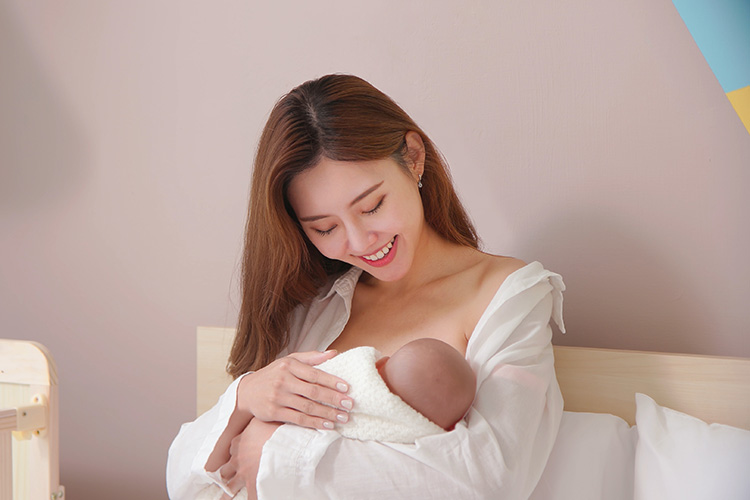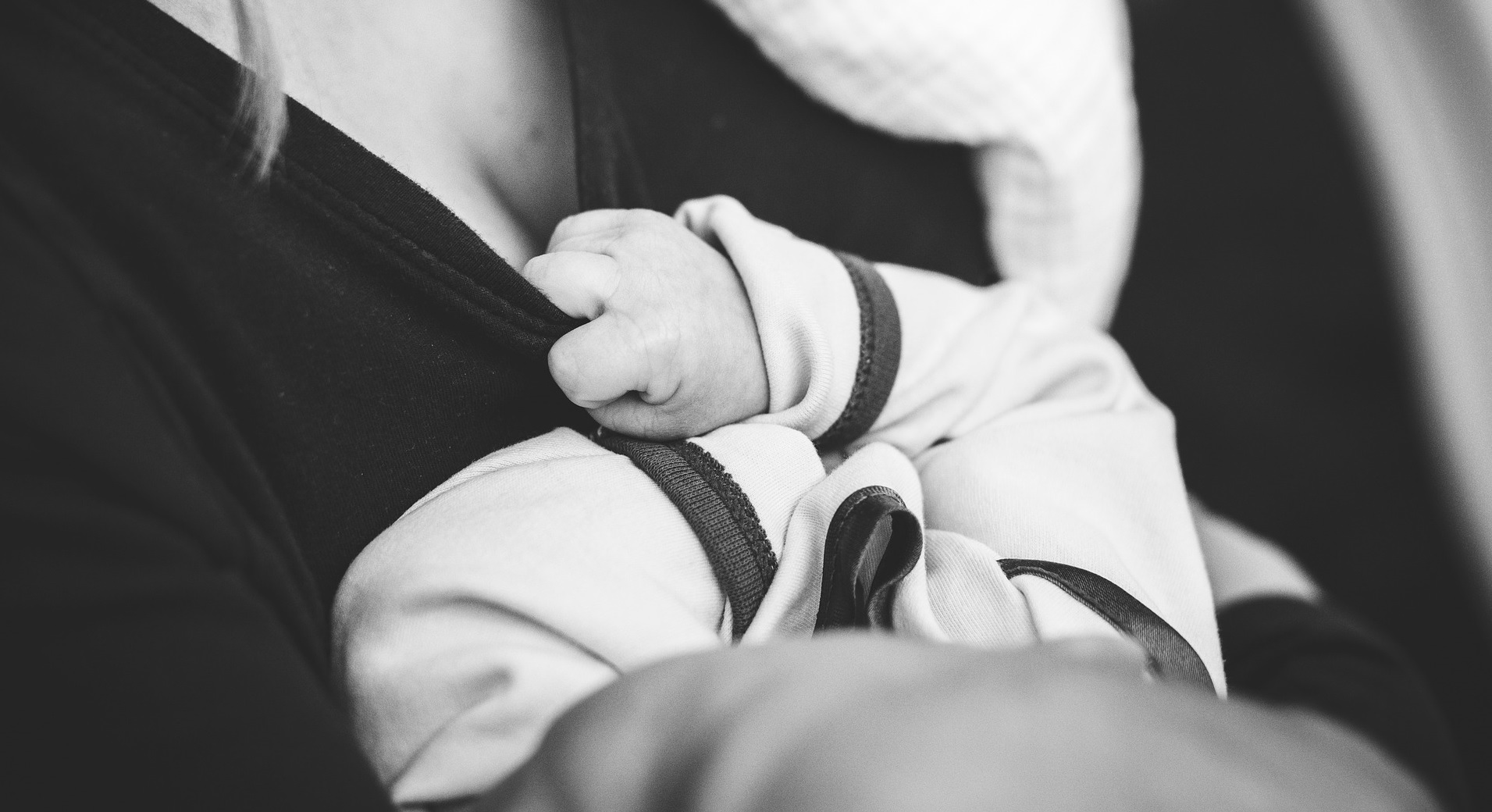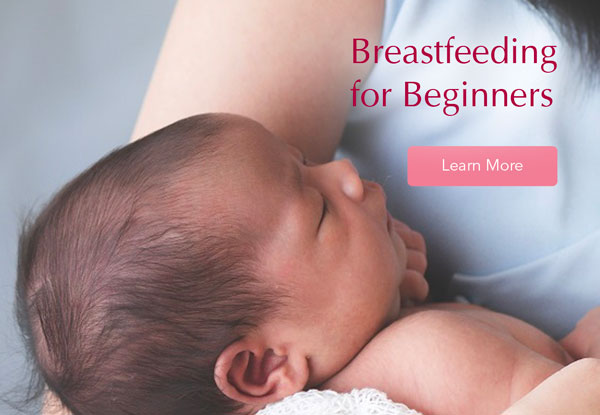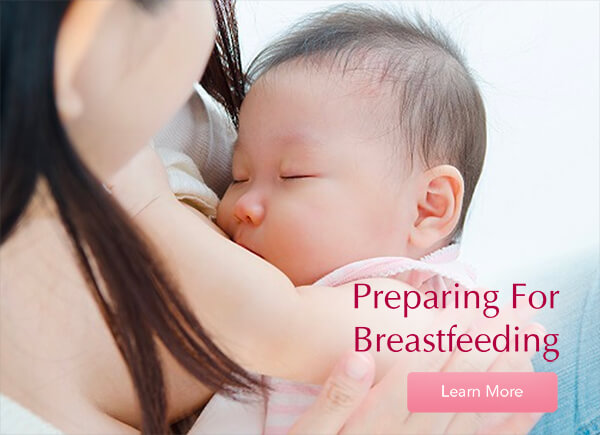Expressing Milk by Hand
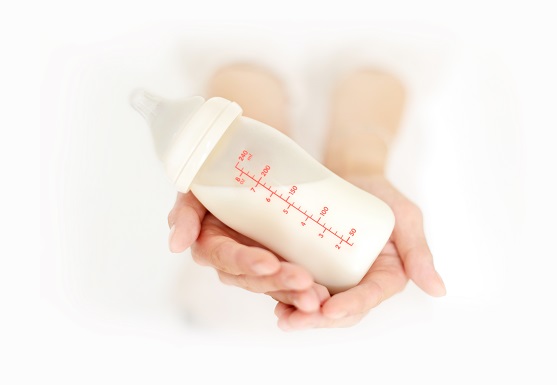
WHY THE HAND IS BETTER THAN THE PUMP
Working mums, and even the most devoted of stay-at-home mums, aren’t always able to be physically present to breastfeed their babies directly. The next best thing to ‘straight from the source’ is to handexpress breastmilk. Though electrical breast pumps are convenient and effective for some mothers, others may not respond to the electrical pump and may have to opt for hand expression. In fact, there are distinct advantages to manually expressing breastmilk.
Typically, the areola responds more effectively to the touch of the hand than the pump fange. “The breasts are more responsive to the skin-to-skin feeling of hand expression,” said Ms Kang.
WHEN, WHERE AND WHY
Aside from catering to babies’ needs upon a planned return to work, manual expression is recommended in the frst few days after delivery when the colostrum is thick and sticky, and also when the mother has sore nipples, engorgement of the breasts or blocked milk ducts.
In addition, it is often helpful for mothers with poor letdown or low milk supply, as manual expression generally results in a faster letdown than using a breast pump.
Manual expression also enables mothers to check their own breasts for lumps, which are almost always due to plugged or blocked milk ducts. Upon detection, these blockages can be usually cleared with manual massaging and expression.
In short, nothing beats the human touch when expressing breastmilk.
How to Express by Hand in 12 Steps
- Wash your hands.
- Adopt a comfortable position in a quiet place. Have a warm drink before expression. Think of your baby or place a photo of your baby in front of you while expressing.
- Massage your breast with your finger pads from the outer edge of the breast towards the areola with circular movements.Stroke from the top and base of your breast towards the nipple with your finger pads. Shake breast gently to loosen the milk ducts before expression.
- Place your thumb and fngers on the edge of the areola.
- Gently press inward towards the centre of your breast and compress fngers and thumb together. Do not slide the fingers forward towards the nipple.
- Milk should emerge from the nipple pores. Capture the milk in a sterilised wide-mouthed container.
- Repeat with a rhythmic movement. Express each breast for 15 to 20 minutes.
- Move fngers around the areola and express to drain all sectors of the breast.
- Massage the breast after 5 to 7 minutes of expressing.
- Label the date and time of expression on the storage container or bag. Store breastmilk, ideally in ‘single serve’ quantities, in the fridge or freezer.
Click here to learn more about our Parentcraft services.
This Q&A is taken from our My Alvernia Magazine Issue #34. Click here to read the issue on our website or on Magzter.
